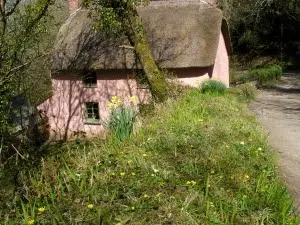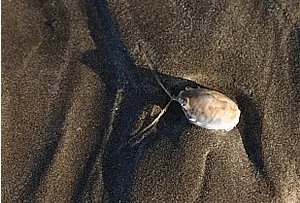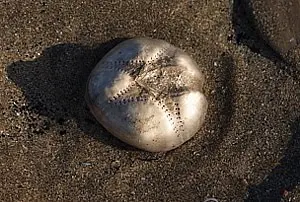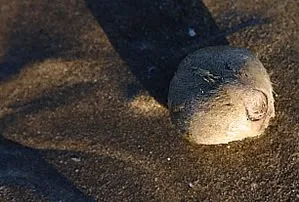The picturesque village of Clovelly in North Devon will stage its
first folk festival over the weekend of 5th and 6th May. Folk music
in Devon has undergone a massive revival recently. Live music invites
participation; it binds communities and brings new sound and colour
to people's lives in a time of austerity. The Clovelly Folk Festival
aims to do just that. The village harbour stage will be the setting
for many talented Devonian singers and musicians with an eclectic
mix of styles and voices, from blues and samba to the songs of the
West Country and beyond.Wren music of Okehampton has the Baring-Gould
archive of traditional music and together with the appearences of both Jim Causley, Jackie Oates the festival will have a genuine
West Country base. There are also many gifted musicians appearing who are local to Clovelly including Jim Crawford,
Nick Wyke, Beckie Driscoll, Tina Bennett, Chloe Bix and Mario Lee. The parish church will be hosting two concerts
by local musicians; its location and interior beauty forming a unique
venue. During the weekend, workshops for both children and adults
wil be held in the village and parish hall. This is a festival which
locates traditional music in a traditional village, little changed
in hundreds of years and will provide a Spring time spectacle for
all.
Clovelly Folk Festival Saturday 5 May-Sunday 6 May - Tickets available from The Plough Arts Centre Box Office on
01805 624624 Adults £15; Families (2A+2C) £35.
For programme
details, visit http://www.clovelly.co.uk/events.php
- or check out the line-up and see some you-tube footage at
www.clovellyfolkfestival.co.uk
North Devon Focus Blogspot Clovelly Highlights - Clovelly Lobster and Crab Festival 2011 - Clovelly Herring Festival 2011
North Devon Focus Blogspot Clovelly Highlights - Clovelly Lobster and Crab Festival 2011 - Clovelly Herring Festival 2011












































